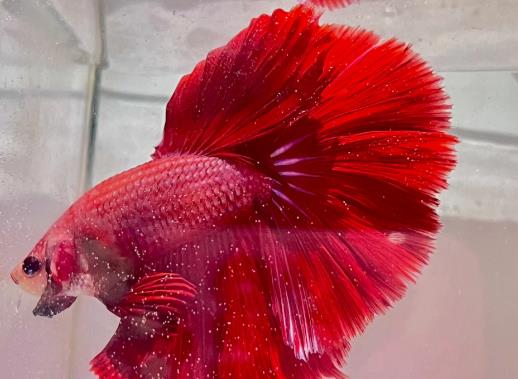Betta fish can live in tap water, but it needs proper treatment to ensure water quality safety. Here are the key points for analysis:

Chlorine removal from tap water
Chlorine in tap water is harmful to betta fish and must be removed through methods such as standing, aeration, or adding water stabilizers. It is recommended to let the tap water stand for 24-48 hours (which can be shortened to 12 hours in summer) or use an air pump for aeration to accelerate chlorine volatilization. Chemical dechlorination methods (such as vitamin C and sodium thiosulfate) can also quickly neutralize chlorine, but the dosage must be strictly controlled.
Requirements for water quality parameters
pH value: The suitable range is 6.5-7.2, with weakly acidic to neutral being the best.
Water temperature: It needs to be maintained between 24-28℃, avoiding drastic fluctuations.
Dissolved oxygen level: Although betta fish have labyrinth organs to breathe air, the dissolved oxygen level in the water still needs to be ensured (it is recommended to be ≥5mg/L).
Other water source options
If tap water cannot be treated, the following can be used:
River/lake water: It must be ensured that there is no pollution.
Mineral water: Attention should be paid to the mineral content to avoid excessively high hardness.
Cooled boiled water: Not recommended, as high temperature will reduce the dissolved oxygen level.
Precautions for water change
Change 1/3 of the water every week, and the temperature difference during water change should not exceed 2℃.
Avoid strong water flow, as betta fish prefer a still water environment.
Summary
Betta fish have strong adaptability to water quality, but directly using untreated tap water may endanger their health. Through reasonable chlorine removal and controlling parameters such as water temperature and pH value, tap water can completely become a safe water source for breeding.
